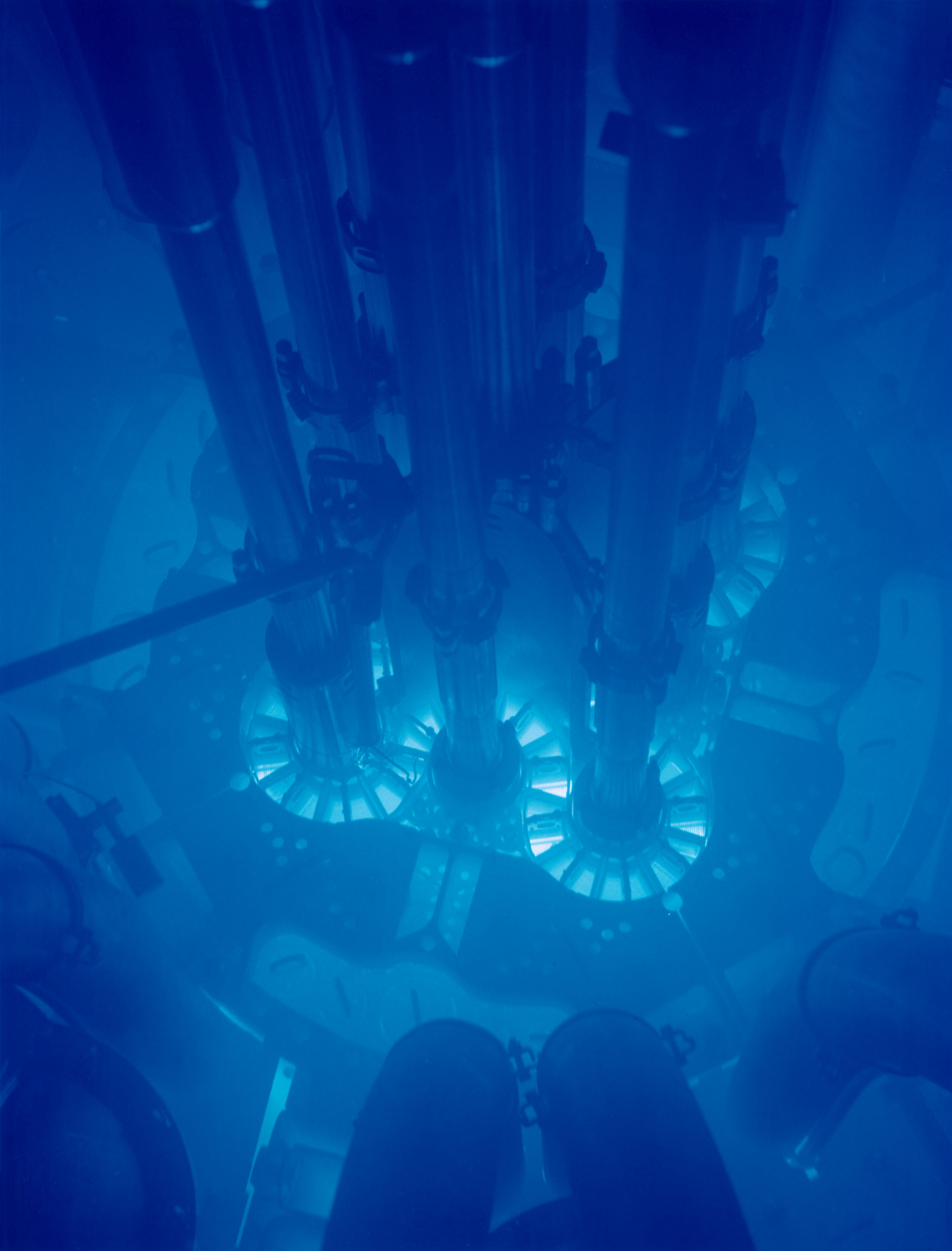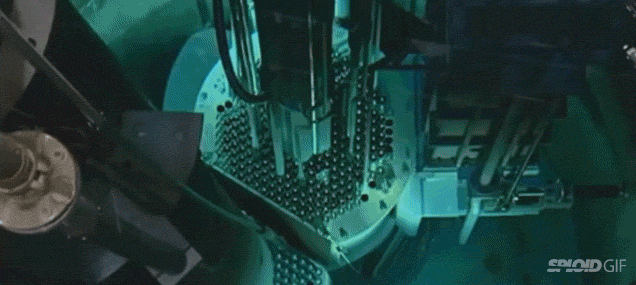Col_Klonk
Member
Depends of the 'medium' of travel... Light speed is not written in stone..How are you getting that? There is every indication that gravity waves travel at (about) the speed of light, but not faster.
Same as radio waves, which already travel at the speed of light.





